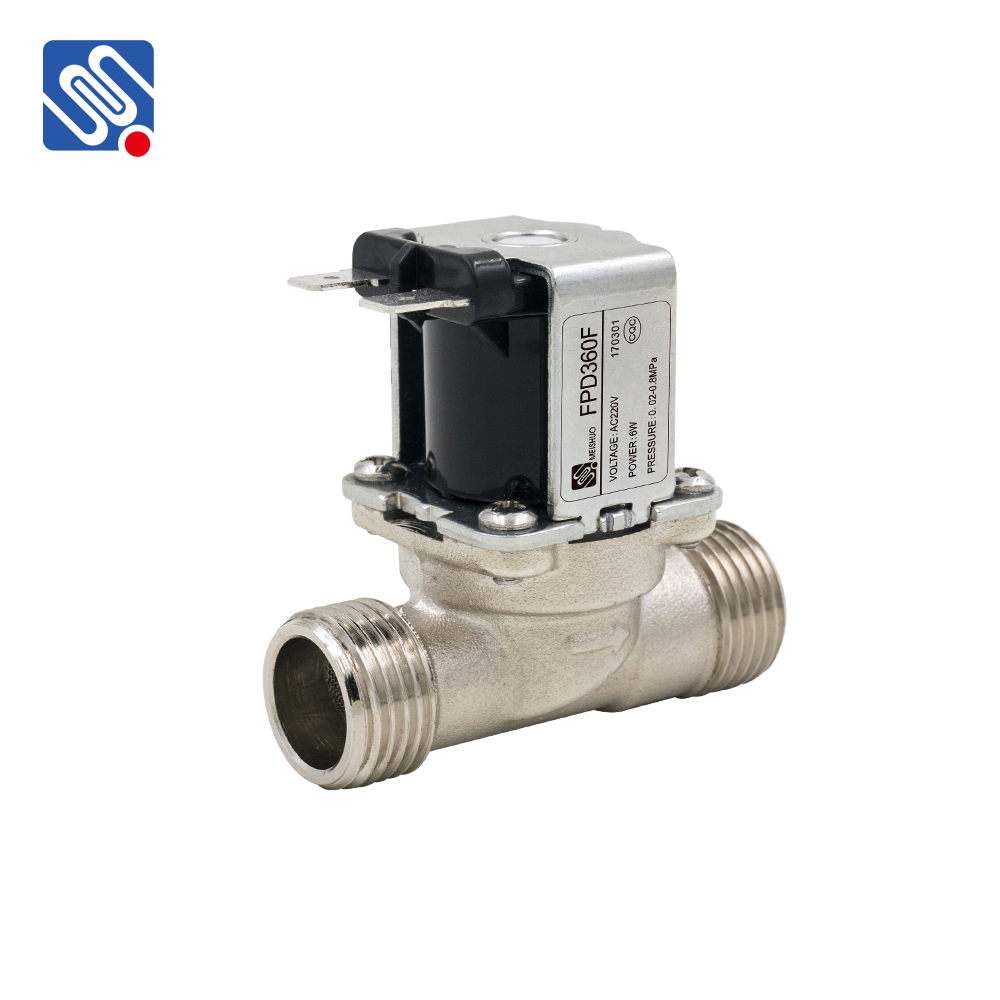understanding direct acting solenoid valve: working principle, applications, and benefits
Release time:2025-10-22 01:56:56
A Direct Acting Solenoid Valve is a type of valve that uses an electromagnet to control the flow of fluids or gases. It operates by direct action, meaning the solenoid itself is responsible for opening or closing the valve without relying on external pressure or additional mechanical force. These valves are crucial in various industrial and commercial applications due to their efficiency, reliability, and ease of use. In this article, we will explore the working principle, applications, and benefits of direct acting solenoid valves.

Working Principle of Direct Acting Solenoid Valve The operation of a direct acting solenoid valve is quite simple. It consists of a solenoid coil, a plunger, and a valve seat. The solenoid coil is made from a coil of wire that, when electrified, generates a magnetic field. This magnetic field attracts the plunger, causing it to move. When the solenoid is energized, the plunger either opens or closes the valve seat, depending on the valve’s design.
The key characteristic of direct acting solenoid valves is that the solenoid's action directly moves the plunger, which in turn controls the flow of the fluid or gas. Unlike pilot-operated valves, which require a differential pressure across the valve to function, direct acting solenoid valves operate without the need for external pressure sources. This feature makes them highly effective in situations where immediate or precise control of fluid or gas flow is required.

